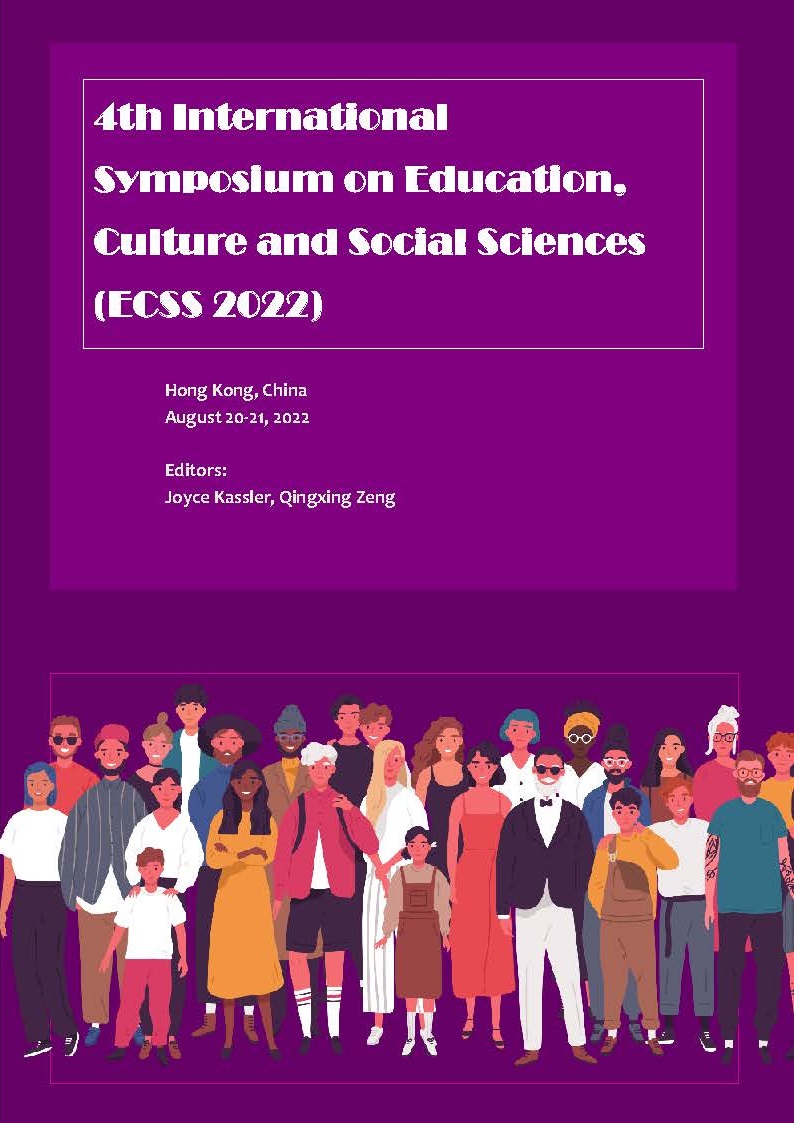Discourse Analysis of Marketing of Medical Skincare Products in Health-Related We Media
DOI:
https://doi.org/10.54691/bcpssh.v19i.1547Keywords:
Medical Skincare Products, Health Communication, New Media Marketing, Discourse AnalysisAbstract
More and more marketing methods that borrow health knowledge popularization to marketing are used in the medical skincare products industry. Based on the discourse analysis method proposed by Fairclough, this paper explores the establishment of situational dialogue in the marketing of skincare products in health-related We Media. Besides, it subverts the original cognition and explains the three discourse strategies in a simple way to reflect the “scene-based” consumption situation. In addition to analyzing the “story-based” communication strategy of advertising content, this paper also plumbs the marketing logic that appeals to “sensibility” and “rationality” in vision as well as the unity of advertising discourse order and knowledge science discourse order. Consumers, producers, and knowledge owners struggle for discourse, a social power.
Downloads
References
Chen, G. (2014). Communication uncertainty: Issues competition, order of discourse and media’s knowledge reproduction in the controversy of genetically modified food. Journalism and Communication, 21(07), 17-34, 126.
Chen, Q. Y. (2009). Comments on the research of consumer trust model in network marketing. Productivity Research, (14), 193-196.
doi:10.19374/j.cnki.14-1145/f.2009.14.073.
Deng, Q. (2020). New media marketing research: Review and prospect. Scientific Decision Making, (08), 67-88.
Fairclough, N. L. (1988). Language and power. Longman Group Limited.
Fairclough, N. L. (1995). Critical discourse analysis: The critical study of language. NewYork: Longman Publish.
He, L., Tu, Y. & Li, L. (2011). Concept and clinical application of medical skincare products. Dermatology and Venereology, 33(02), 74-76.
Jin, G. & Choi, M. (2022). The effect of Chinese women in their 20s and 30s on the customer awareness of medical skincare on satisfaction. Journal of the Korean Society of Cosmetology, 28(2), 315-322.
Kress, G. & Van Leeuwen, T. (1996). Reading images. Burwood: Brown Prior Anderson.
Kress, G. & Van Leeuwen, T. (1996). Reading images: The grammar of visual design. London: Routledge.
Kress, G . & Van Leeuwen, T. (2001). Multi-modal discourse: The modes and media of contemporary communication. London: Arnold.
Liu, S. B. & Li, Z. H. (2020). Construction of yoga fashion: A critical discourse analysis based on advertisement. Modern Communication (Journal of Communication University of China), 42(11), 131-135.
Liu, X. (2020). Analysis on the value trend of new media marketing in China. Journal of Commercial Economic, (13), 63-66.
Qin, F. & Yan, J. Y. (2020). How to use WeChat account to build trust: based on trust transfer theory. Enterprise Economy, (03), 90-97.
Qian, Y. W. (2010). Establishment and evolution of consumer rights. Modern Law Science, 32(01), 74-85.
Ye, J. Q., Lv, Q. C. & Wu, Z. Y. (2010). History, present, and future of cosmeceuticals. Chinese Journal of Aesthetic Medicine, 19(02), 278-282.
doi:10.15909/j.cnki.cn61-1347/r.2010.02.001.
Zhang, D. L. (2009). On a synthetic theoretical framework for multi-modal discourse analysis. Foreign Languages in China, 6(01), 24-30.
Zou, Y. C. (2021). Research on establishment and transfer mechanism of consumer trust in the post-epidemic era. Beijing: Master Degree Thesis of Beijing Jiaotong University.
















